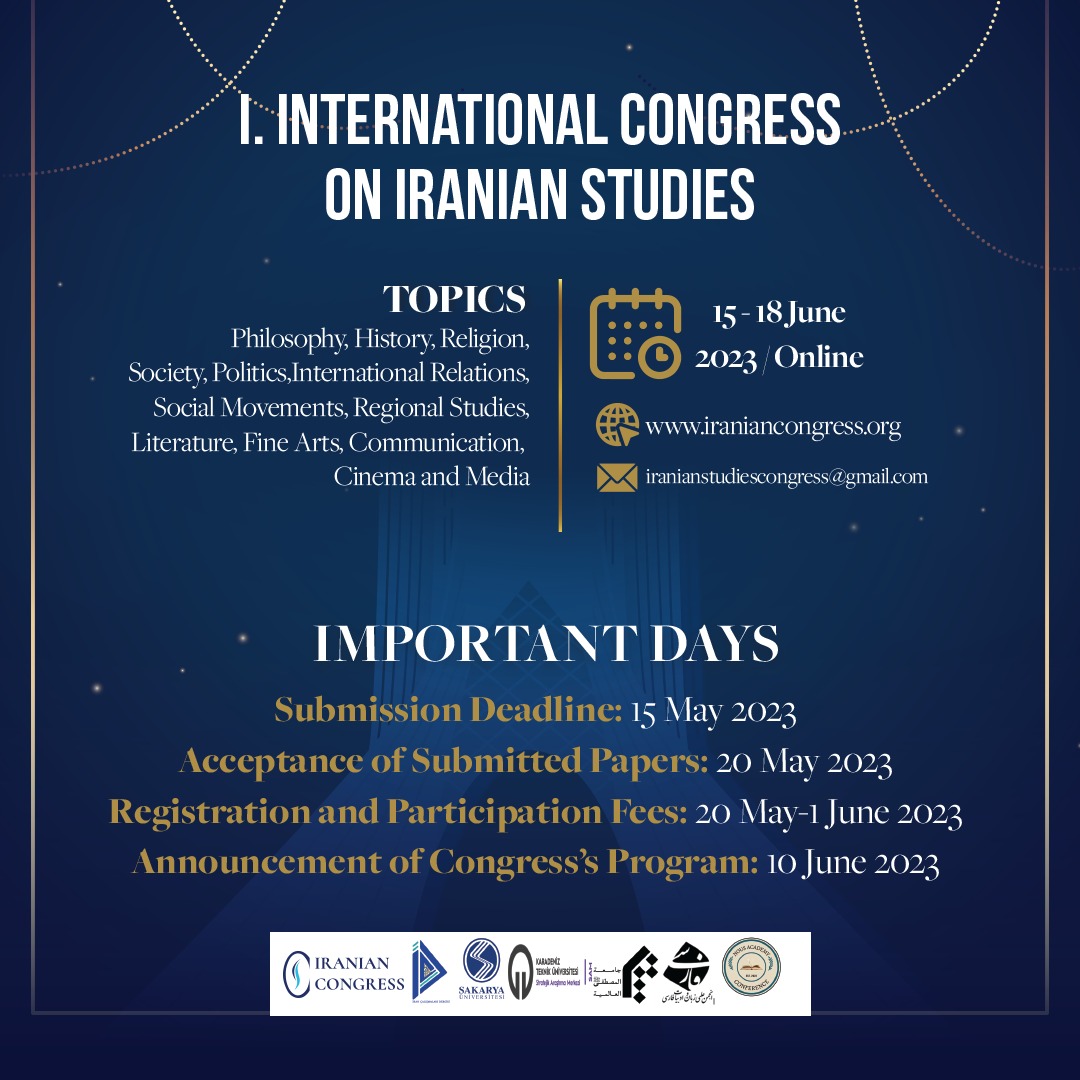A PERSPECTIVE ON 15TH CENTURY HERAT MINIATURE ART IN THE EXAMPLE OF "MANTIKU’T-TAYR" AT THE METROPOLITAN MUSEUM OF ART IN NEW YORK
Keywords:
Iranian Miniature, Painter Kamal-ud-din Bihzad, 15th-century Herat Miniature Art, Feridüddin Attar, Mantıku't-Tayr, Metropolitan Museum of ArtAbstract
The example of "Mantıku't-Tayr" at the Metropolitan Museum of Art provides a perspective on the 15th-century Herat Miniature Art. Miniature art is an art form that aims to visualize the topics depicted in illuminated manuscripts or Muraqqa albums through two-dimensional paintings integrated into the text. It represents a prominent example of Islamic miniature art, particularly represented by works produced in the Iranian and Ottoman regions. The Metropolitan Museum of Art is one of the world's leading institutions with a rich collection of manuscript works in the field of Islamic Art. Thousands of manuscripts have been digitized and made accessible through the museum's website. Among the rare and significant examples in this collection are the renowned Sufi poet Ferîdüddin Attâr's copies of "Mantıku't-Tayr," a widely recognized Sufi allegorical poem. In his work, the poet uses birds to depict the spiritual quest as a journey within oneself, exploring religious and worldly contexts. The subject of "Mantıku't-Tayr" revolves around the challenging journey of birds, led by the Hoopoe bird, to select the Simurgh, residing in the Mount Qaf, as their king. It consists of instructive stories narrated by the Hoopoe to the birds who give up on their search during the process. The manuscript's miniature-laden copy, numbered 63.210, at the Metropolitan Museum of Art is a representative of Islamic miniature art from that period. It was calligraphed and adorned with miniatures by the scribe Sultan Ali al-Mashhadi, who served in the palace workshop in Herat, during the reign of Sultan Husayn Bayqara in 1478. The miniatures that form the focal point of this work were also produced during this process. Later, during the reign of Shah Abbas I, miniatures and illuminated pages were added in Isfahan, and the work was magnificently bound. The renewed work was donated by Shah Abbas to the mausoleum of the royal family in Ardabil in 1609 and eventually became the property of the Metropolitan Museum of Art in 1963. Within this study, the miniatures "The Man Who Fell into the Water" (63.210.44), "A Beggar Expressing His Love to a Prince" (63.210.28), "A Son Mourning His Father's Death" (63.210.35), and "Shaikh Abu Said Mihran'i and a Villager from Khurasan" (63.210.49), produced in the Timurid court workshop led by Painter Kamal-ud-din Bihzad (d. 1535), have been analyzed in terms of the Herat Art School in the 15th century. These miniatures bear the characteristics of the Herat Art School and reflect the artistic understanding of that period.
Published
Issue
Section
License
Copyright (c) 2023 IRANIAN CONGRESS

This work is licensed under a Creative Commons Attribution 4.0 International License.


